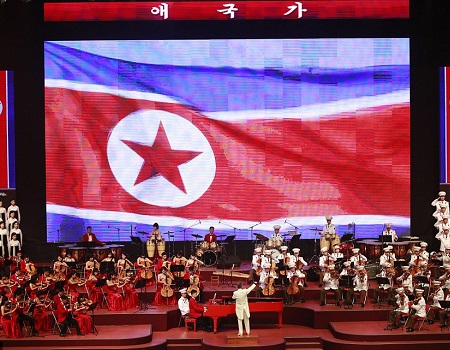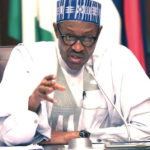
NORTH Korea began the celebration of the 70th anniversary of its official birth as a nation with a huge concert, showing no traces of a missile in sight.
Precisely on September 9, 1948, the Democratic People’s Republic of Korea (DPRK) was proclaimed, three years after Moscow and Washington divided the peninsula between them in the closing days of the Second World War.
According to reports, the DPRK anniversary is a major occasion in the North marked with a series of events expected to include a military parade and the return of the “Mass Games” after a five-year absence.
The mass games, according to r, Dailymail, involve tens of thousands of people holding up placards or dancing in precise unison and are intended to be a display of national unity.
On Saturday evening, the celebrations began with a concert in front of an invited audience of several thousand people at Pyongyang Indoor Stadium.
Featuring three of the state’s top musical ensembles, the State Merited Chorus army choir, the Samjiyon Orchestra and the Mansudae Art Troupe, a red grand piano took centre stage.
ALSO READ: How false information forced Air Peace flight to return to base
At such events in North Korea performers normally play in front of a giant screen displaying the country’s successes.
In recent years that has always included footage of the ballistic missile launches under leader Kim Jong-un that, along with Pyongyang’s nuclear tests, have earned the North multiple sets of UN Security Council sanctions.
But in a dramatic turnaround on the peninsula triggered by the Winter Olympics in the South in February, the North is engaged on multiple diplomatic fronts, even as the US insists it gives up its weapons.
After a June meeting between Kim and US President Donald Trump in Singapore and its third summit with the South’s President Moon Jae-in due in Pyongyang later this month, the North is keen to send a different message to the past.
Instead of missiles, the imagery at Saturday’s concert highlighted North Korean landmarks, from its spiritual birthplace Mount Paektu to the Pyongyang skyline, and economic development, with shots of factories, steel plants, and abundant fields of wheat.




